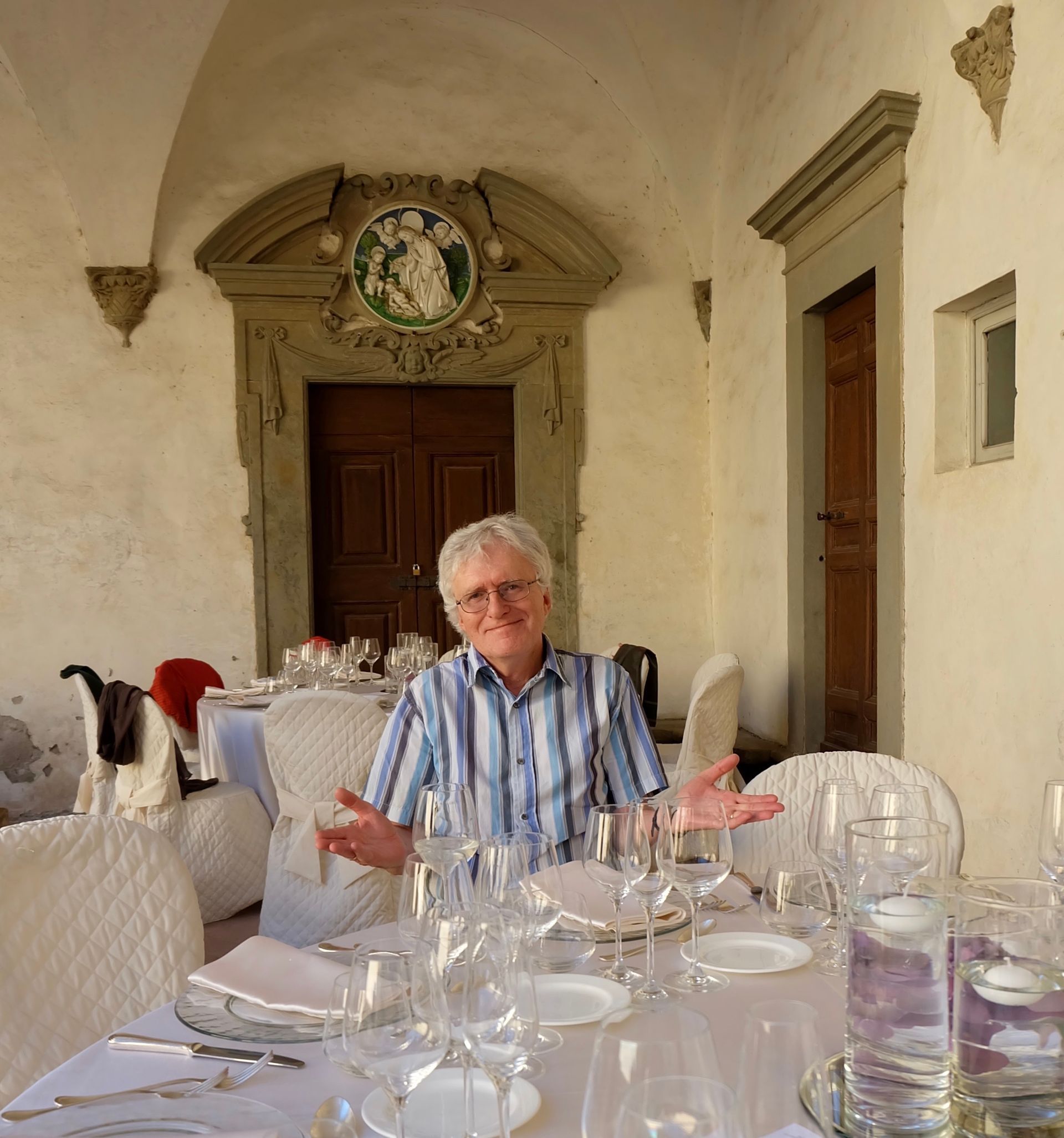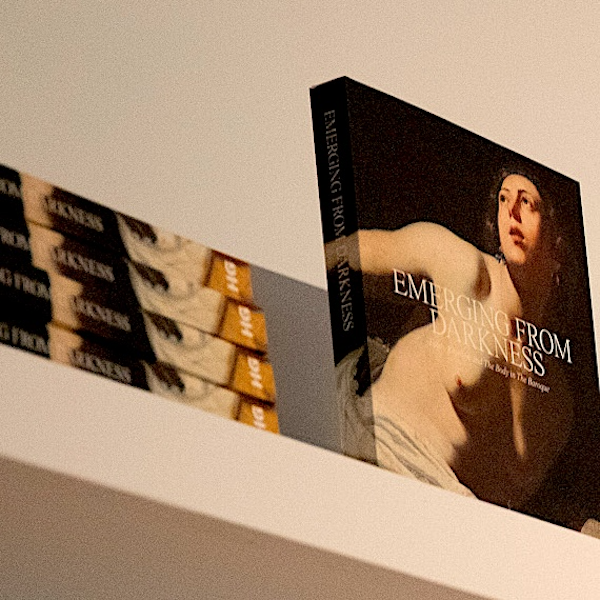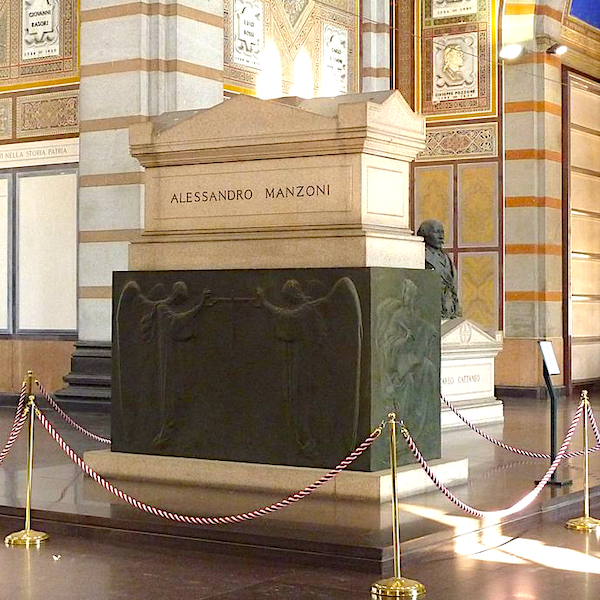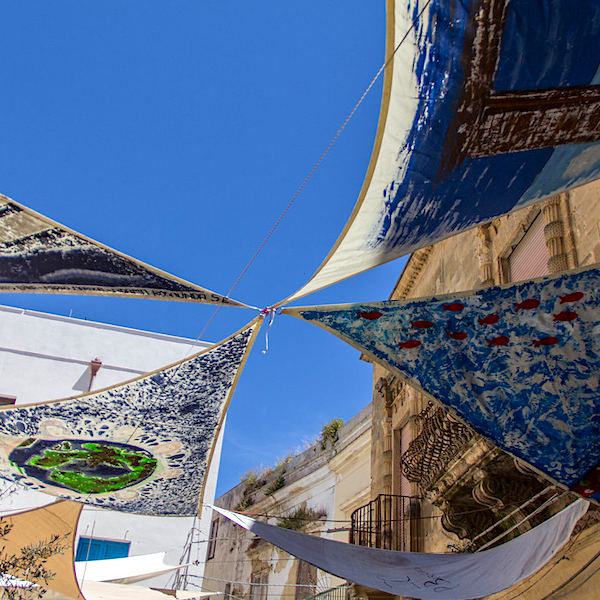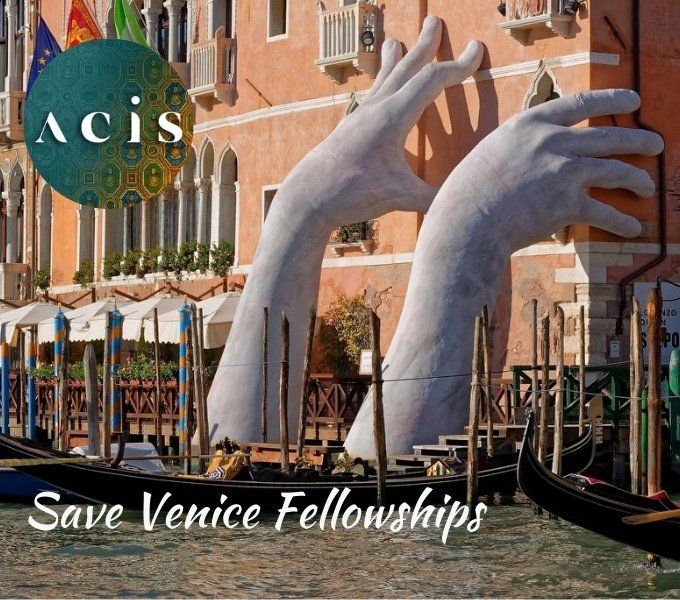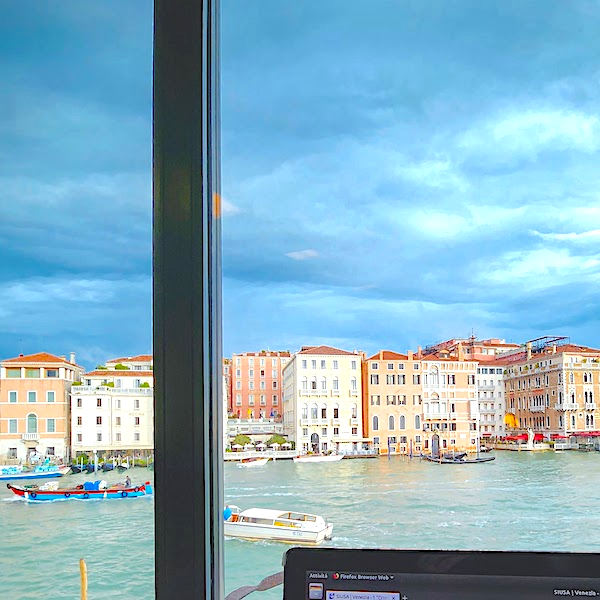Luxury and its underside
Rosa Salzberg University of Warwick
Luxury is one of the concepts most closely associated in the popular mind with Italy today and in the Renaissance period which I research and teach.
‘A diamond is forever’ (Don Draper, 1948, after Anita Loos, 1925)
But the precise value and consequences of luxury – of the skills it preserves and innovation it generates, but also of the social inequalities it reflects and arguably exacerbates – are still matters of heated debate. I am part of a recently-launched International Network entitled Luxury & the Manipulation of Desire which aims to explore these questions anew, linking the contemporary agenda to scholarship on the history of global luxury from the Renaissance to the present. It focuses on three key areas: the production of luxury, the regulation of luxury and the geography of luxury.
Funded by the Leverhulme Trust, the Network is led by my colleague Professor Giorgio Riello, an expert in the history of fashion, and based at the University of Warwick in the UK. Key partners include academics from the Universities of Melbourne, Bologna, Stockholm/UTS Sydney, and the Victoria and Albert Museum. It kicked off in March with an opening meeting at Warwick, featuring a public lecture by the University of Melbourne’s Dr Catherine Kovesi on the theme of Luxury and Desire: From Denigration to Celebration ; workshops in London, Bologna, Warwick and Florence will follow over the next two years. One of the original and exciting aspects of the Network is the planned associations with industry partners, journalists and regulators. The workshop in Bologna on the ‘Regulation of Luxury’, for example, will bring together historians with representatives from the Ferragamo and Bulgari brands as well as the Italian Inland Revenue. The aim is to provoke real intellectual debate about the ethical, legal and social implications of contemporary luxury, by reflecting on luxury’s long roots. The Network will also feed into the planning for a major exhibition on Contemporary Luxury at the Victoria and Albert Museum in 2015.
Renaissance Italy continues to provide a unique perspective on some of the contradictions surrounding luxury. The historian Richard Goldthwaite has argued that this time and place saw the ‘birth of consumer society’ in the West, spurred by a proliferation of new goods and increased prosperity. The voracious desire for luxury goods like clothing, palaces, and artwork spurred unprecedented cultural innovation and made cities like Florence and Venice into the magnificent aesthetic experiences they remain today. Yet these same cities were riven by severe economic inequalities: rich and poor often living cheek-by-jowl, conspicuous consumption of local and global commodities co-existing with increasing destitution. Luxury also had significant political consequences, underpinning the authority of the ruling élites and setting them off ever more from the masses below. (Meanwhile, the same élites were members of city governments that pioneered policies seeking to regulate some of the pernicious social effects of luxury while also promoting innovation and economic growth).
My own particular interest is in what you might call the ‘underside’ of luxury, its implications for the broader fabric of Renaissance society. In the past, my research into the impact of the spread of printing in Renaissance Italy led me to look at the pedlars who were proliferating in the streets and piazzas of Italian cities by the sixteenth century and who sold not only the new products of the press (printed images, pamphlets, broadsheets, books) but also other small ‘luxury’ goods such as perfumes, medicines and items of haberdashery. Pedlars were a vibrant and ubiquitous presence in Italian Renaissance urban life; their activity also intersected with traditions of performance and spectacle, as sales pitches and street cries frequently crossed over into songs and recitations. It is also noteworthy that the cheap printed publications they peddled could carry ideas and commentary about wealth and luxury to a broad public: from instructional manuals on making cosmetics and hosting dinner parties to songs and poems lamenting the suffering of the poor and their neglect by the rich.
Under the auspices of the Luxury Network, I want to find out more about how, and to what degree, the new consumer culture spread throughout Italian Renaissance society, by continuing to trace the activities and itineraries of pedlars. They played a role as vital vectors of transmission – not only of goods but also of styles, trends and ideas – both around Italy and also connecting the peninsula into wider commercial circuits in the rest of Europe and overseas. But they were frequently poor themselves and typically viewed with ambivalence – sometimes harshly regulated as carriers of dirt and disease, clutterers of public space and makers of noise. They were also derided as personifications of a crass commercialism that, to some observers, seemed to define the age.
It seems to me that luxury cannot and should not be separated from its underside, and it is sometimes a dark and dirty one. Our own age shows particularly striking examples of this, as documented in devastating fashion in Katherine Boo’s recent book Behind the Beautiful Forevers , about the slum dwellers scraping a living by recycling refuse from the luxury hotels that have sprouted up in the shadow of Mumbai’s international airport. Luxury’s underside is now more likely to be hidden from consumers by global distances, as in China’s massive fake goods industry described in Loretta Napoleoni’s Rogue Economics ; but it can also be just next door, as in the Mumbai example.
Similarly, when we consider the Italian Renaissance, it is important to think about the underside of luxury: to ask what it meant to ordinary people, or if they sought, within their means, to emulate the lifestyles of the rich. Similarly, we need to find out what went on ‘behind the scenes’ of the luxury trade, remembering the many urban artisans involved in making the new luxury goods, if not consuming them themselves. They played their own part in shaping taste and driving forward innovation as much as élite patrons and consumers (contributing in the process to Italy’s incredibly rich patrimony of artisanal skill). These interlocking stories of production and consumption, of aspiration and emulation, of luxury and its underside, are absolutely integral to understanding Italian Renaissance culture and can also provide a vital perspective on contemporary debates.
